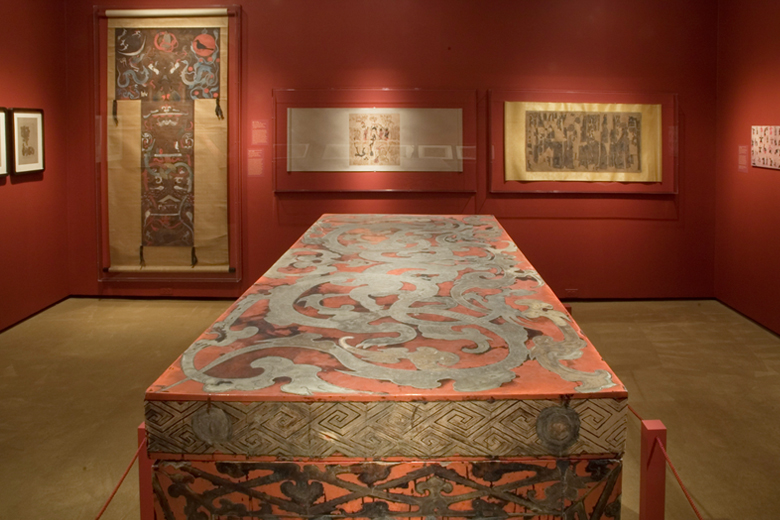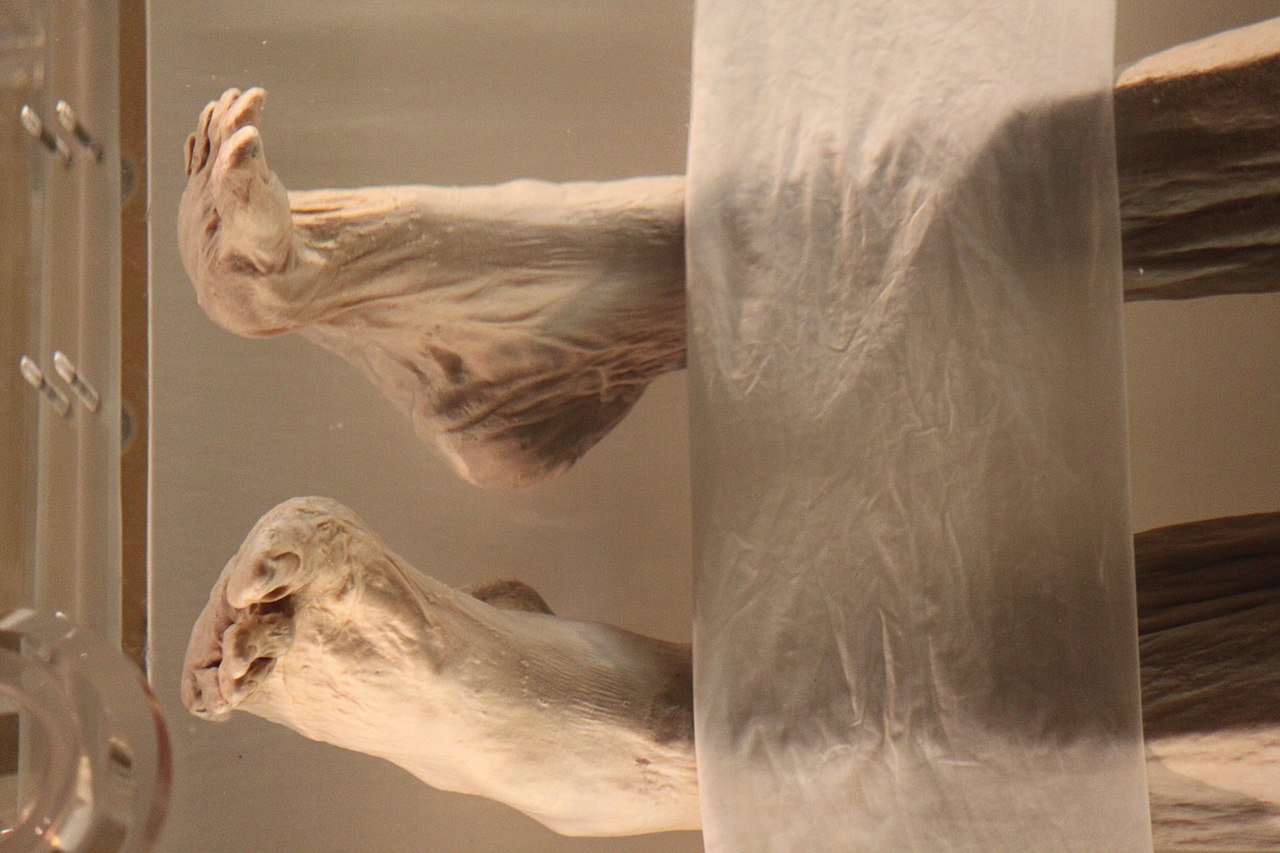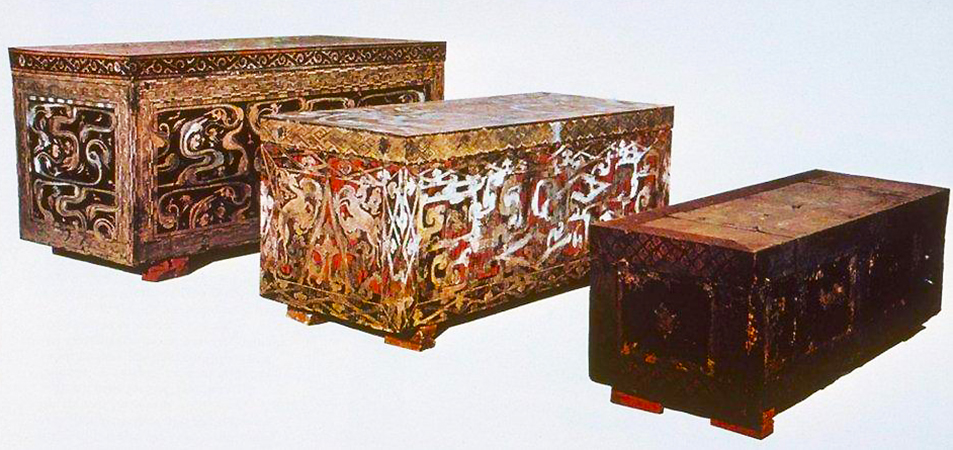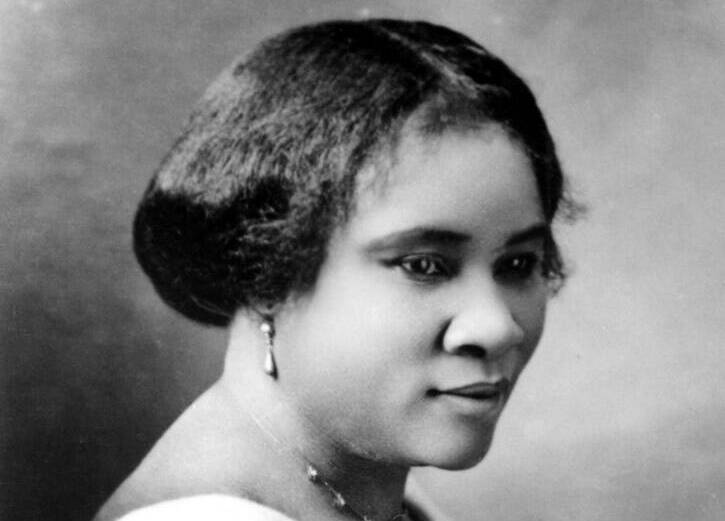We all know about the legendary pharaoh Tutankhamun, Ramses II, or Otzi, the iceman from the Eneolithic era whose body was covered with more than 90 tattoos. The discovery of Egyptian pharaohs like Ramses II, who lived to be ninety years old, helped Egyptologists learn more about the life of Ramses himself, but also of ancient Egypt.
But the real anthropological discovery comes to us from ancient China, the period of the Western Han Dynasty (206. B. C - 24. C. E). It is about a woman named Xin Zhui or Lady Dai of Han. Her name means nothing to us, but her remains mean a lot.
These are the best-preserved body remains ever found. Lady Dai's body was so beautifully preserved that at the time of its discovery, the tissue and skin were still as soft as if she had died three days ago, not 2000 years ago.
Who Was Lady Dai?

Xin Zhui (213. B. C - 163. B. C) or Lady Dai was the wife of Li Cang, who enjoyed a significant position as a counselor at Changsha court.
Xin Zhui was a woman who led a very lavish life filled with ceremonies, musical spectacles, or parties of unprecedented proportions. It is said that she even had her own musicians who played for her nonstop. Although she was the wife of an imperial adviser, Xin Zhui spent a lot of money on public feasts and a variety of food she consumed in the company of high-ranking Han dynasty officials. And no wonder, given that her grave was packed with large amounts of food and wine for the world to come.
She lived on a high leg, enjoying selected dishes that few could afford, and the closet was filled with clothes made of valuable materials such as silk. To this were added stocks of expensive cosmetics, which no noble lady could lack.
Despite Prosperity - Problems

However, even her high standard of living did not protect her from protracted health problems. She suffered from internal parasites, diabetes, and arteriosclerosis, which in combination with excessive amounts of food, resulted in morbid obesity. Added to all this were constant sitting and a lack of healthy exercise. That's why she eventually died of cardiac arrest.
The scientists could find out all this from the body they found in the tomb because it was in excellent condition.
Lady Dai died in the fifties of her life, most likely from a heart attack caused by her great weight and very rich appetite, as this lady enjoyed the food. An autopsy performed on her body in 1972 at the Provincial Museum in Hunan confirmed the allegations of Chinese archaeologists and anthropologists that the Chinese diva had obtained too much food for herself.
Unexpected Discovery That Caused A Sensation

It became a world sensation when in 1972, her tomb was discovered in a small hill called Mawangdui, Hunan Province of China.
A group of workers came across the tomb by accident when they were tasked with digging the foundations for an anti-aircraft shelter. What was their surprise when they came across the tomb of a Chinese noblewoman! The tomb had the peculiar shape of an inverted pyramid and housed the queen's husband and probably their son.
The discovery of this woman shocked the scientific world when the body of Lady Dai was brought to light, which was still fully preserved even though it had been dead for more than two thousand years. The tissue, skin, and internal organs were still in very good condition, which was unbelievable.

Lady Dai looked to everyone's amazement as if she had died recently. Scientists have said it is one of the best-preserved mummies they discovered in the 20th century.
Preservation Of Lady Dai

From an archaeological standpoint, Xin Zhui was buried in not one but four massive lacquered pine coffins that guarded the central coffin where this lady slept in peace for thousands of years. The body of lady Dai was itself wrapped in twenty layers of silk fabric.
In addition to food and wine, the tombstones contained cosmetics and cosmetic preparations, silk, more than 168 ceramic figurines that archaeologists interpreted as companions of this lady who should keep her company in the afterlife (as the concubines of Emperor Qin in his mausoleum). The tomb rested at a depth of 13 meters where the coffins in which this magnificent lady rested were located.
The soil was also covered with a thin layer of pasty substance, and the whole package was filled with charcoal to absorb moisture. It was later sealed with clay that kept oxygen and bacteria responsible for decomposing from this eternal tomb. As if that wasn't enough, the upper part was covered with a meter of extra clay to prevent water from entering the structure.

Although Lady von Dai's face seemed somewhat deformed, her body looked intact and soft to the touch. There were still muscles under the skin, which meant that she could bend her limbs even more than 2,000 years after her death. Her organs, eyelashes, hair, and nose hair have also been preserved. Scientists could even take a fingerprint, and live cells could be transplanted into humans - there was still some blood in the blood vessels.
When the body was removed from the coffin in which Xin Zhui rested, Chinese archaeologists came to a startling discovery given that the body was swimming in the water, for which Chinese archaeologists have found no explanation at all. The central coffin is thought to have been filled with a mysterious liquid that preserved the body of the Lady Dai so well that when they opened it, they found watermelon seeds, the last dish this lady ate before her death.
However, preserving Xin Zhui's body quickly became a compromise as oxygen in the air began to interact with the body, causing deterioration. Therefore, the images of Xin Zhui that we can observe at present do not correspond to the original state in which they were found.
Historical Documents

The miraculous fluid that managed to keep the body of a noblewoman in such good condition is still unknown. The only thing that was found was that the body was high in magnesium and acidic pH. The fluid-preserved the body so much that the scientists could perform an autopsy and examine all possible details about the marquis's death and life. They also managed to reconstruct its appearance during the young years and at the time of her death.
In addition to the bodies themselves, a considerable number of artifacts were found in the tomb, which the noblewoman owned and used during her life. Her cosmetics, musical instruments, paintings, and dishes, including recipes, were also present. Thanks to them, historians were able to reconstruct the diet of Chinese people who lived more than 2,000 years ago.

In the archaeological and anthropological world, the discovery of Lady Dai is considered the most important discovery of the 21st century, especially as nowhere in the world have such well-preserved remains been discovered so far after more than two thousand years.
This is to say that the people who took care of Xin Zhui's body at the time of her death knew about the mummification technique, which is still a great mystery today.

Xin Zhui is today in the regular exhibition of the museum in Mavangdui, Hunan. The museum cares about the condition of this remarkable woman who testifies to the power, wealth, and lavish life of the Han dynasty.



